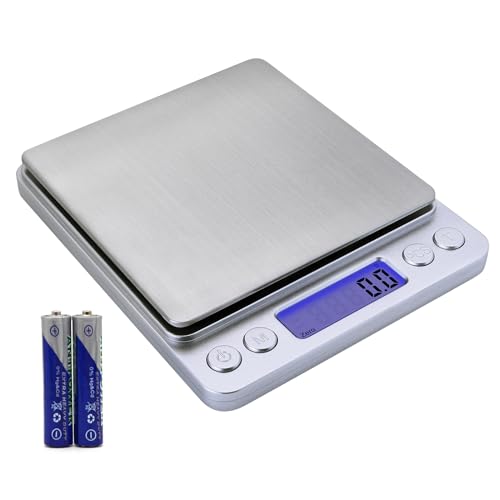***Titanium dioxide is incompatible with strong oxidizers and strong acids.[30] Violent or incandescent reactions may occur with metals (e.g. aluminium, calcium, magnesium, potassium, sodium, zinc and lithium).[31]
Titanium dioxide accounts for 70% of the total production volume of pigments worldwide. It is widely used to provide whiteness and opacity to products such as paints, plastics, papers, inks, foods, and toothpastes. It is also used in cosmetic and skin care products, and it is present in almost every sunblock, where it helps protect the skin from ultraviolet light.
Many sunscreens use nano particle titanium dioxide (along with nano particle zinc oxide) which does get absorbed into the skin.[32][33] This could cause as of yet unknown health problems.[34]
Titanium dioxide dust, when inhaled, has recently been classified by the International Agency for Research on Cancer (IARC) as an IARC Group 2B carcinogen possibly carcinogenic to humans.[35] The findings of the IARC are based on the discovery that high concentrations of pigment-grade (powdered) and ultrafine titanium dioxide dust caused respiratory tract cancer in rats exposed by inhalation and intratracheal instillation.[36] The series of biological events or steps that produce the rat lung cancers (e.g. particle deposition, impaired lung clearance, cell injury, fibrosis, mutations and ultimately cancer) have also been seen in people working in dusty environments. Therefore, the observations of cancer in animals were considered, by IARC, as relevant to people doing jobs with exposures to titanium dioxide dust. For example, titanium dioxide production workers may be exposed to high dust concentrations during packing, milling, site cleaning and maintenance, if there are insufficient dust control measures in place. However, it should be noted that the human studies conducted so far do not suggest an association between occupational exposure to titanium dioxide and an increased risk for cancer. The safety of the use of nano-particle sized titanium dioxide, which can penetrate the body and reach internal organs, has been criticized.[37] Studies have also found that titanium dioxide nanoparticles cause genetic damage in mice, suggesting that humans may be at risk of cancer or genetic disorders resulting from exposure.[38]***
As I see it, the largest risk is when inhaling the dust in large amounts and on a recurring basis. Proper safety measures should help eliminate that risk. From what I see, nano particles are the concern here. Such as sunscreen applied to the skin where the nano particles have the possibility of being absorbed by the skin.
I don't see any evidence that the form and size we use for soap making or cosmetics is dangerous. It's surely something to keep an eye on but for now I personally see no reason to not use it (then again, I tempt fate and still use a charcoal grill too). :wink:










































